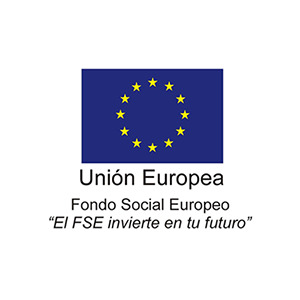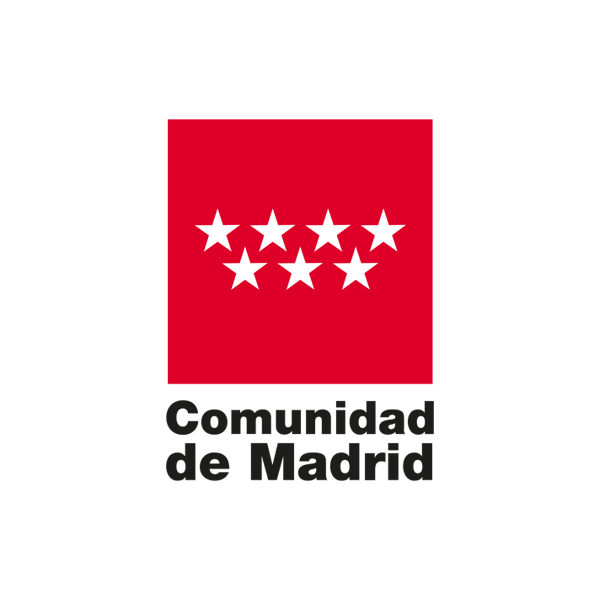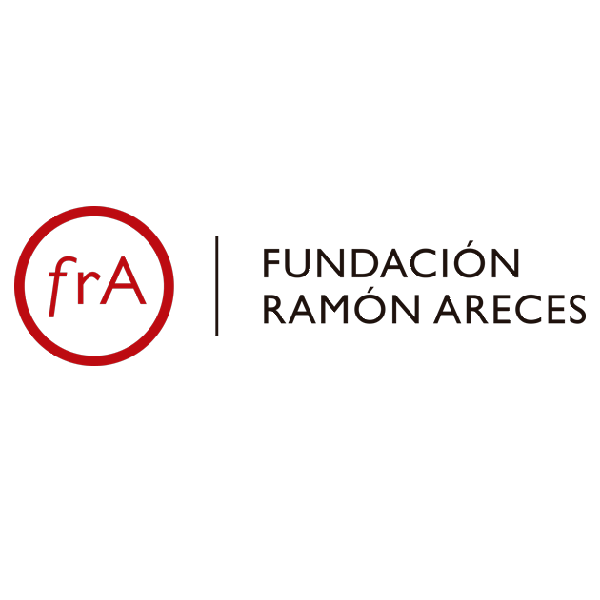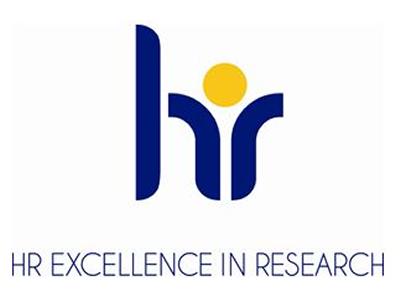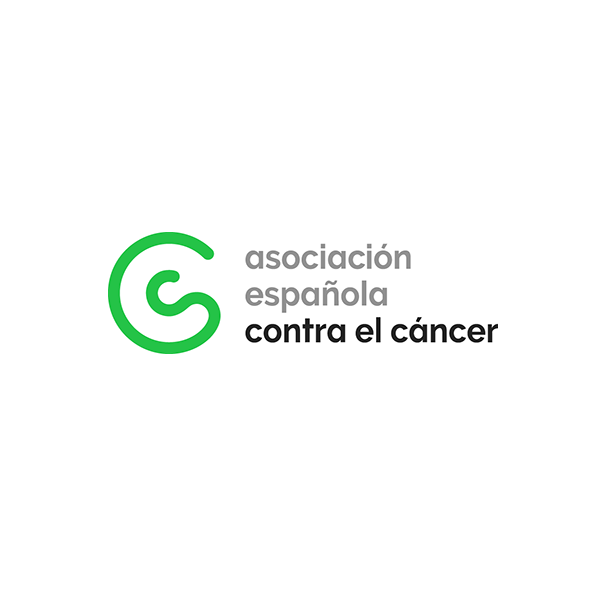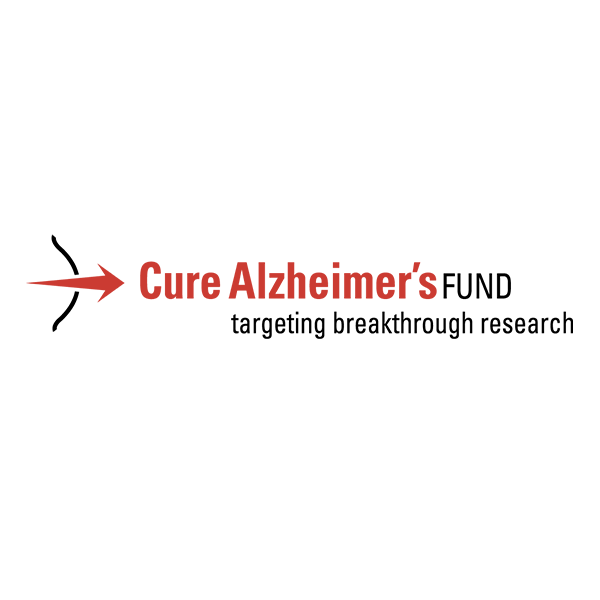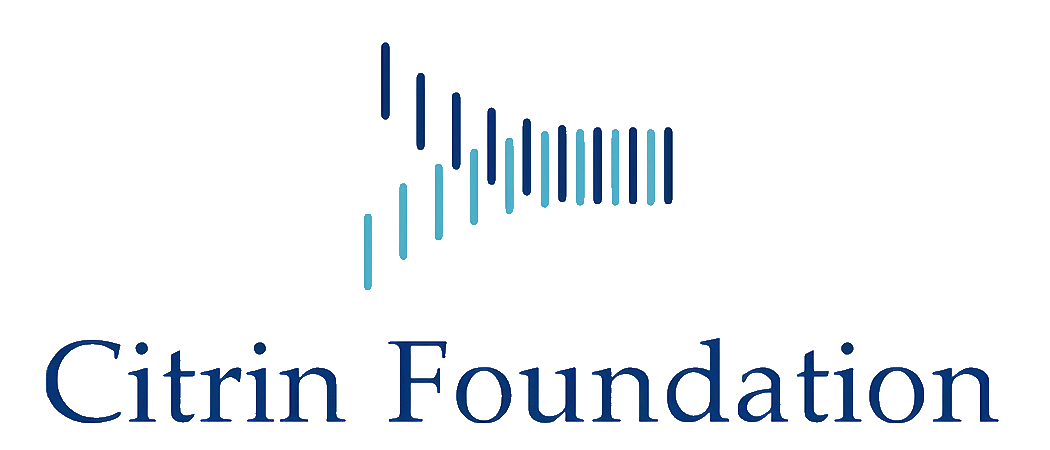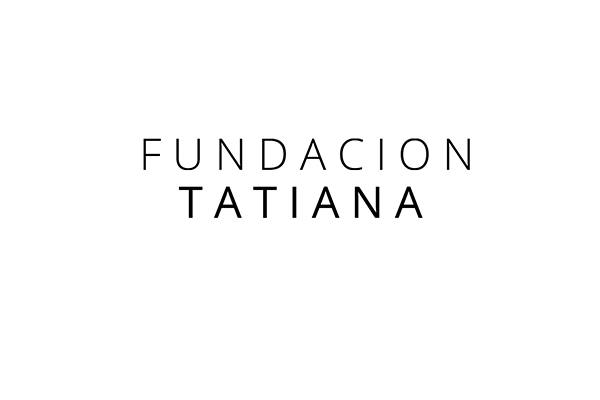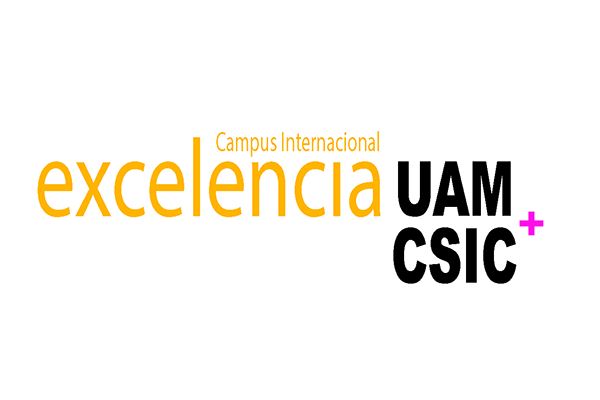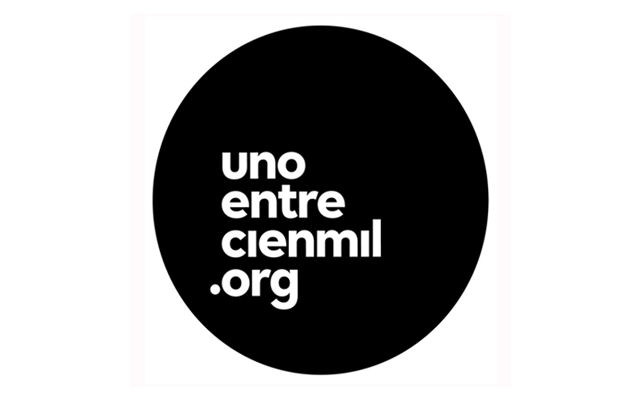Molecular basis of glutamatergic synapses
Research summary:
The work of our laboratory is dedicated to the understanding of the molecular and cellular mechanisms of neuroprotection and neuroregeneration of the brain against injuries such as cerebral ischemia. For us, the characterization of the neuroreparative mechanisms activated during the so-called ischemic tolerance is of special interest. These mechanisms are induced in response to moderate brain lesions and make this organ resistant to more severe damage that may subsequently suffer. These plastic responses of the brain involve mechanisms ranging from modifications in the activity of the glutamatergic pathways (main executors of toxic damage), to the activation of antioxidant mechanisms and, probably, the generation of new cells through neurogenesis. In relation to glutamatergic pathways, we have investigated the role of glutamate transporters and the potential cross talk with other pathways (like glycinergic and dopaminergic). We have found that the potassium channels regulate the activity of glutamate and dopamine transporters under different circumstances. Moreover, we have found that some microRNAs produced by neurons (mir-96 and mir-137) might impact on the activity of the glycine transporter GLYT1, present in glial cells. We are investigating how these and other microRNAs are packaged into exosomes and are transferred between neurons and glia and vice versa, as neuroprotective agents. Relative to the neurogenic response, we are interested first, in the basic mechanisms by which this process is activated in the adult brain, and second, how this can be modified is a response to situations of stress. In particular, Eva Porlan's group main focus is the potential of druggable targets for enhancing adult neural stem proliferation and neurogenic output with focus in two experimental paradigms: regeneration of the adult supependymal zone after depletion of progeny, and hipoxia. Dr. Porlan’s leading interest is the elucidation of the mechanisms underlying the maintenance of the adult neural stem and progenitor cell pools, their implications in pathological conditions and their potential for regenerative processes and therapeutic interventions.
During this time, we have maintained collaborations with the groups of Dr. F.J. Díez-Guerra, in exosome transfer and imaging studies, Drs. B. López-Corcuera (CBM) and C. Avendaño (UAM) on the role of glycinergic pathways, Dr. A. Rodríguez Artalejo (UCM) and D. Bartolomé-Martín in the study of the activity of the sodium and potassium channels. Also with Dr. I. Fariñas (UV, CIBERNED), Dr. M. Malumbres (CNIO) and Dr. T. Iglesias (IIBM Alberto Sols, CSIC) for the adult neurogenesis studies.
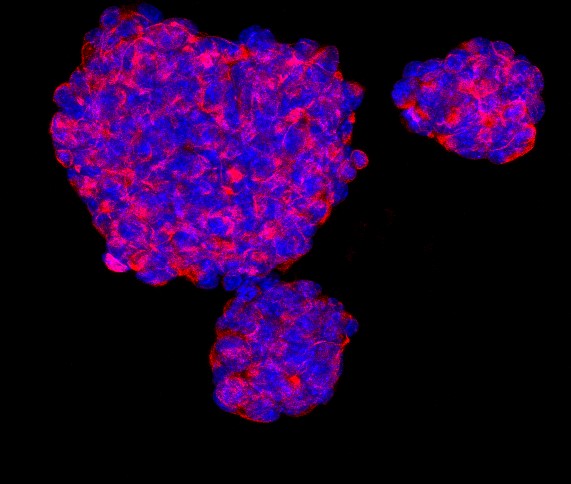
Figure 1. Mouse neurospheres from the adult subependymal neurogenic niche stained with nestin (red) and DAPI (blue).
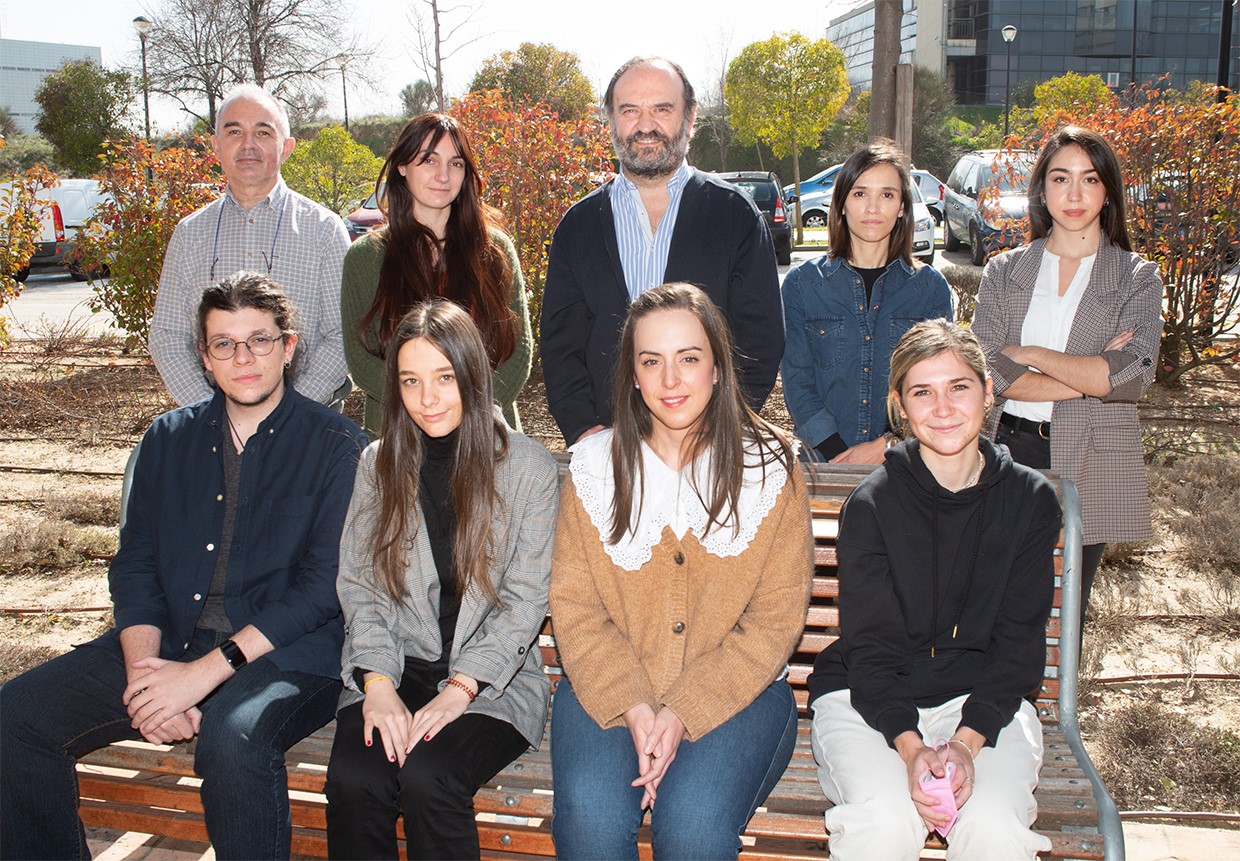
| Last name | Name | Laboratory | Ext.* | Professional category | |
|---|---|---|---|---|---|
| Zafra Gómez | Francisco | 306 | 4630 | fzafra(at)cbm.csic.es | Catedrático Universidad, GA |
Relevant publications:
- Bartolomé-Martín, D., Ibáñez, I., Piniella, D., Martínez-Blanco, E., Pelaz, S.G. and Zafra, F. (2019) Identification of potassium channel proteins Kv7.2/7.3 as common partners of the dopamine and glutamate transporters DAT and GLT-1. Neuropharmacology 161,107568. doi: 10.1016/j.neuropharm.2019.03.011
- Morante-Redolat, J.M., Porlan, E. (2019) Neural Stem Cell Regulation by Adhesion Molecules Within the Subependymal Niche. Front Cell Dev Biol. 7, 102. doi: 10.3389/fcell.2019.00102.
- Zafra, F.*, Aragón, C., Olivares, L., Danbolt, N.C, Giménez, C., Storm-Mathisen, J. (1995) "Glycine transporters are differentially expressed among CNS cells". J. Neurosci. 15, 3952-3969. IF7.5 Number of citations: 289
- Casado, M., Bendahan, A., Zafra, F., Danbolt, N.C., Aragón, C., Giménez, C. Kanner, B.I.* (1993) "Phosphorylation and modulation of brain glutamate transporters by protein kinase C". J. Biol. Chem. 268, 27313-27317. IF5.6 Number of citations: 242
- Zafra, F., Gomeza, J., Olivares, L., Aragón, C., Giménez. C.* (1995) "Regional distribution and developmental changes of glycine transporters (GLYT1 and GLYT2) in rat brain". Eur. J. Neurosci. 7, 1342-1352. IF3.7 Number of citations: 149
- Cubelos, B., Giménez, C., Zafra F.* (2005) Localization at glutamatergic synapses of the glycine transporter GLYT1. Cerebral Cortex 15(4):448-459. IF6.5 Number of citations: 111
- Casado, M., Zafra, F., Aragón, M.C., Giménez, C.* (1990) "Activation of high-affinity uptake of glutamate by phorbol esters in primary glial cell cultures." J. Neurochem. 57, 1185-1190. IF4.6 Number of citations: 98
- Zafra, F., Hengerer, B., Leibrock, J., Thoenen, H., Lindholm,D. (1990) "Activity dependent regulation of BDNF and NGF mRNAs in the rat hippocampus is mediated by non-NMDA glutamate receptors." EMBO. J. 9, 3545-3550. IF8.7 Number of citations: 723
- Zafra, F., Castrén, E., Thoenen, H., Lindholm, D. (1991) "Interplay between glutamate and γ-aminobutyric acid transmitter systems in the physiological regulation of brain-derived neurotrophic factor and nerve growth factor synthesis in hippocampal neurons." Proc. Natl. Acad. Sci. USA 88, 10037-10041. IF9.6 Number of citations: 424

